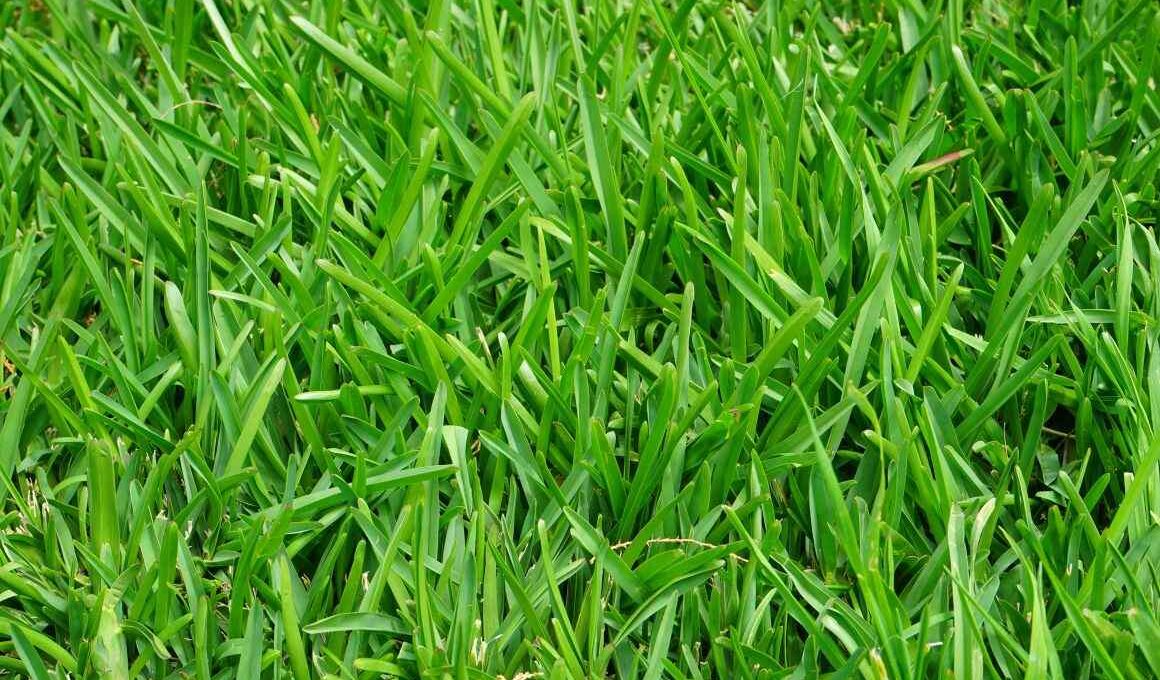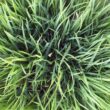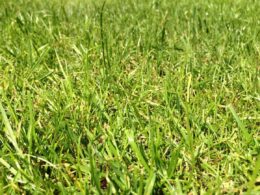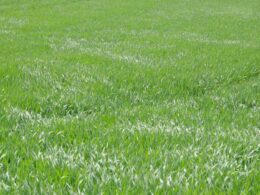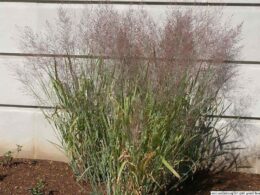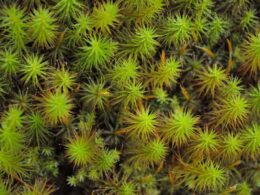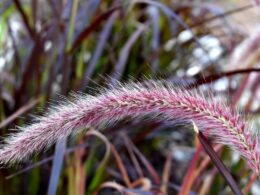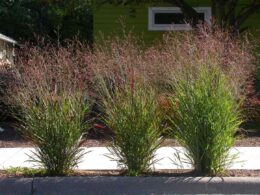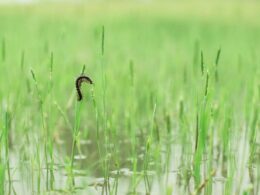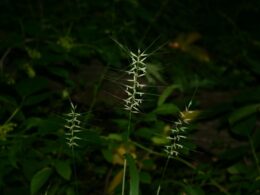Buffalo Grass Appearance
Buffalo grass is a prairie grass that is found in the Great Plains of North America. It is one of the dominant grasses in this region and is an important part of the ecosystem. Buffalo grass is a short, perennial grass that grows to about 2-5 inches tall. The grass has multiple stolons that allow it to spread and form a dense sod. The flower stalks are 4-7 inches long and produce small, yellow or orange flowers.
Buffalo Grass Distribution
Buffalo grass is a perennial grass that is native to the Great Plains of North America. It also grows in Canada and Mexico.
Buffalo Grass Habitat
Buffalo grass is one of the most drought-tolerant grasses, and it is often used in landscaping and turfgrass applications in arid regions. Buffalo grass has a deep root system that helps it to withstand long periods of drought. It is often used in landscaping and turfgrass applications in arid regions. It is one of the dominant grasses in the short grass prairie and can be found growing in open areas, such as plains, meadows, and prairies.
How to Care for Buffalo Grass: Practical Tips
Generally speaking, buffalo grass is a low-maintenance grass. However, it does need some attention in the spring to ensure that it stays green and lush throughout the growing season. Here are some tips for caring for your buffalo grass.
Mow
Mow your buffalo grass in the morning. This will ensure that the grass blades are dry and less likely to be damaged by the mower blades.
Remove Dead Blades
Remove any dead or damaged grass blades from your buffalo grass. This will help it to look its best and also reduce the chances of diseases spreading. If you live in an area with heavy foot traffic, consider installing a buffer strip around your buffalo grass. This will help protect the grass from being trampled and killed.
Watering
Water your buffalo grass deeply and infrequently. Buffalo grass is a drought-tolerant grass, so it does not need to be watered frequently. Deep watering will encourage deep roots, which will make your buffalo grass more drought-tolerant.
Aerate
Aerate your buffalo grass once a year. This will help improve the drainage of your buffalo grass and also help it to absorb nutrients better.
Fertilizing
Do not fertilize your buffalo grass more than twice a year. Too much fertilizer can actually damage the grass. Fertilize your buffalo grass in early spring and late fall. Buffalo grass is a low-maintenance grass, so it does not need to be fertilized often
Planting Buffalo Grass
Many people consider buffalo grass (Buchloe dactyloides) to be the perfect lawn grass. It is hardy and drought-tolerant, which means it requires very little water once it is established. Buffalo grass is also low-maintenance, needing only occasional mowing and no fertilization. If you live in an area with hot summers and cold winters, buffalo grass may be the ideal choice for your lawn.
Tips for Growing Buffalo Grass
- Choose a sunny location. Buffalo grass thrives in full sun and will not do well in shady areas.
- Prepare the soil. Buffalo grass does best in well-drained soil that is not too rich in nutrients. Add some sand to clayey soil to improve drainage.
- Sow the seed. Buffalo grass can be sown from seed, but it is best to purchase seedlings from a nursery. Sow the seeds or plant the seedlings in early spring or fall.
- Water regularly during the first growing season. Once buffalo grass is established, it is quite drought tolerant and will not need frequent watering.
- Mow if necessary.
Growing Season
Buffalo grass has a relatively short growing season, typically germinating in early spring and going dormant in late summer or fall, when the colder temperatures occur. It requires full sun to grow well, and does not tolerate shade or high levels of moisture. During the growing season, buffalo grass produces green leaves and yellowish-green flowers. Once the plant goes dormant, the leaves turn brown and dry.
Common Problems
One of the most common problems for buffalo grass is that it can become thin and weak over time. This is often due to drought, overgrazing, or poor soil conditions. As a result, the grass may need to be reseeded or completely replaced in order to maintain a healthy lawn.
Another problem that buffalo grass may face is that it is susceptible to various diseases. For example, brown spot and rust can significantly reduce the quality of the grass, and aphids and grubs can damage the roots. Proper care and treatment can help to prevent these problems from occurring, but it is important to be aware of them in order to keep your buffalo grass healthy.
Is Buffalo Grass Invasive?
Buffalo grass is not an invasive species. In fact, it’s quite the opposite. This native North American grass is well-known for its ability to promote water retention. Buffalo grass is also a key player in restoring disturbed habitats. So, if you’re looking for a grass that will do good things for your landscape, plug in some buffalo grass.
Buffalo Grass Significance
The roots of buffalo grass are deep and strong, which helps to hold the soil in place. The blades of buffalo grass are also very dense, which helps to deflect wind and water. In addition, buffalo grass helps to slow down the flow of rainwater, giving the ground a chance to absorb the water before it runs off. As a result, buffalo grass is an important factor in preventing soil erosion. Buffalo grass is also an important food source for many animals, such as buffalo and deer.





